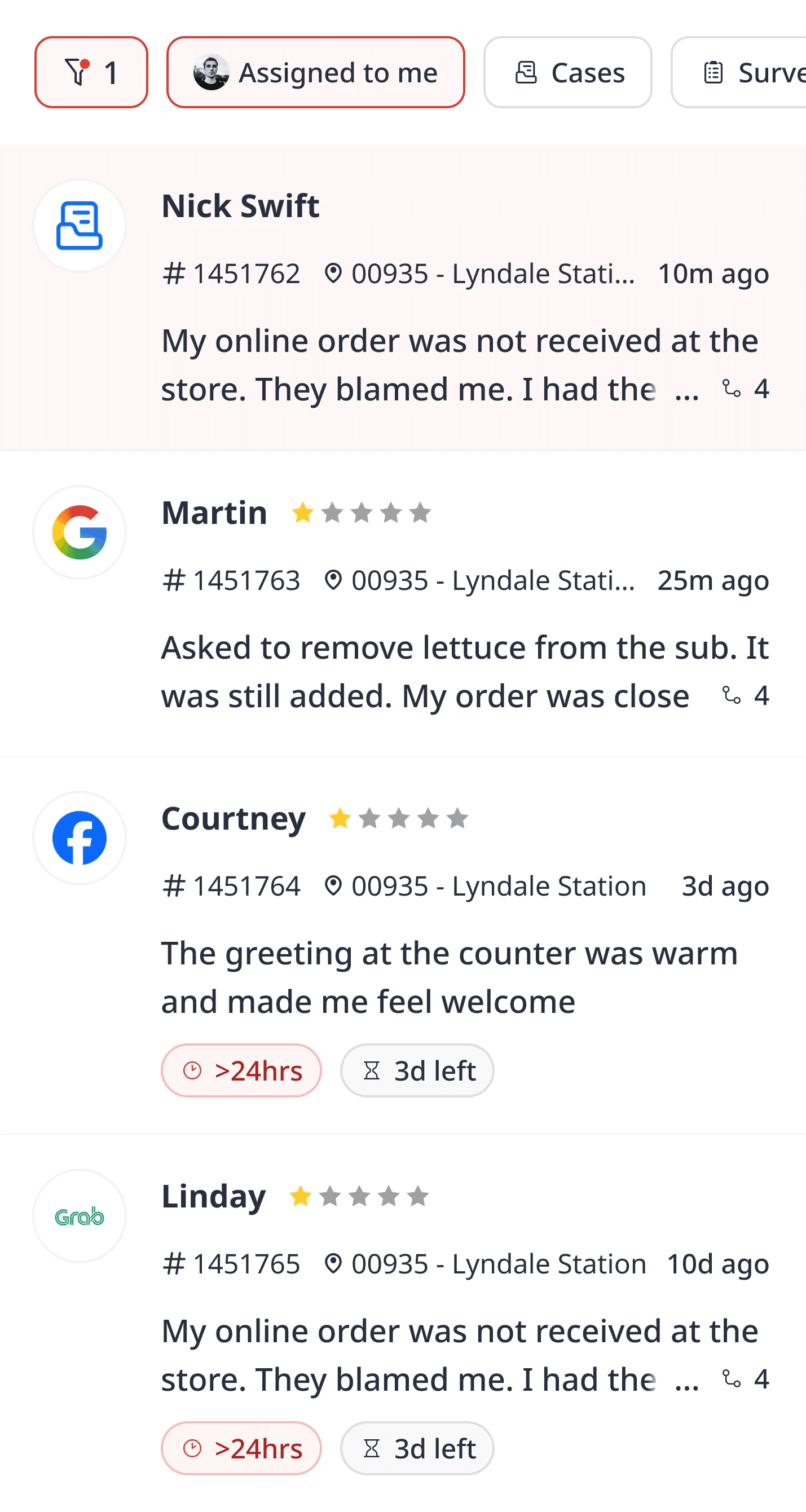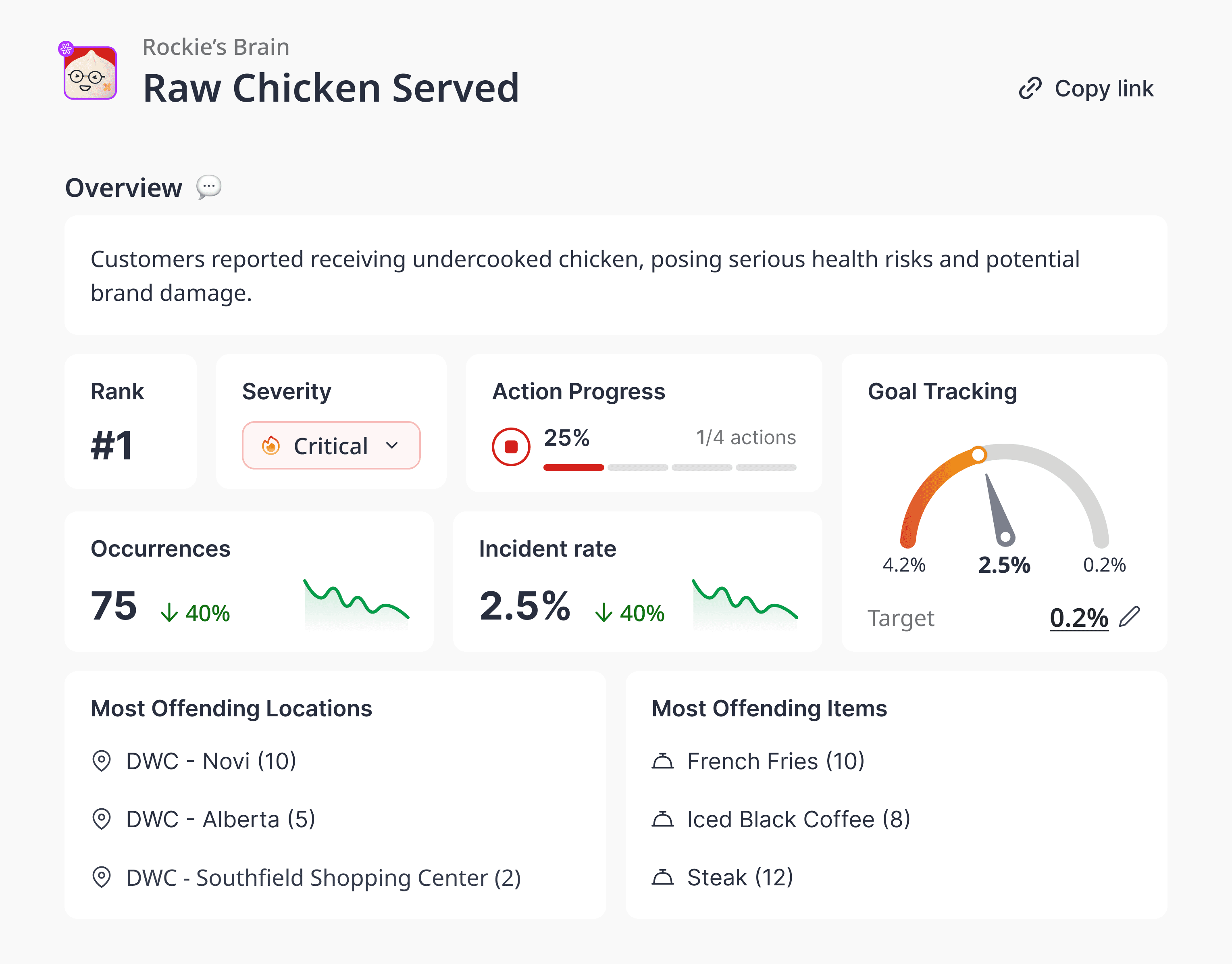
Jul 17, 2025
Amanda Jacob
The Rise of Invisible AI in Business Operations
Contents
Not all AI comes with a chatbot.
In fact, the most transformative AI tools in 2025 aren’t the ones with interfaces or avatars. They’re the ones you never see — embedded deep in the systems your teams already use. No splash screens. No branding. Just better results.
This is the quiet rise of invisible AI. And it’s quietly changing how businesses operate.
Why Flashy AI Gets the Headlines (But Quiet AI Gets the Wins)
There’s a reason conversational AI dominates the media. It feels human. It’s visual. It demos well. But most decision-makers aren’t looking for AI that talks. They’re looking for AI that works — reliably, repeatably, and without babysitting.
That kind of AI doesn’t need to be noticed. It needs to be trusted.
Invisible AI doesn’t announce itself. It just routes a customer complaint to the right team without delay. It rewrites a messy SQL query behind the scenes so your dashboard loads correctly. It tags your feedback by urgency before a human ever sees it.
These aren’t flashy features. But they’re the difference between operational drag and operational leverage.
What Invisible AI Looks Like in the Wild
In multi-location brands, invisible AI shows up in places like:
Voice ordering flows that auto-correct for accents and background noise
Hiring tools that silently optimize interview schedules based on location demand
Semantic layers that rewrite AI-generated queries to match business logic
Review systems that triage feedback and trigger recovery workflows
In each case, the AI is present — but it’s not the focus. The experience is. That’s what makes it scalable.
Quiet AI Compounds
One of the most overlooked strengths of invisible AI is that it compounds over time. A five-second gain per order doesn’t sound like much — until it happens 10,000 times per day across 300 stores. A 1% bump in response accuracy may seem small — until it shaves hours off customer support.
And the best part? These tools don’t add another screen. They reduce them.
Invisible AI works best when it augments existing systems instead of replacing them. It lives in your POS, your CRM, your HR stack — adapting behind the scenes while teams operate as usual.
From Interface to Infrastructure
This shift reflects a deeper truth: AI’s most valuable role in modern business isn’t as an interface. It’s as infrastructure.
You can bolt AI onto an existing workflow and hope it helps. Or you can build it into the foundation and watch it scale. The latter is where companies are now heading — especially in sectors with repeatable processes, high volume, and narrow margins.
QSRs, retail chains, logistics firms, and healthcare networks are increasingly turning to AI that looks boring on the surface but delivers quietly under pressure.
The Trust Curve
For AI to go invisible, it first has to be trusted.
That trust comes from showing up — consistently, accurately, and transparently. It comes from proving that a system knows what “active customer” or “net revenue” actually means inside your org. And it comes from never breaking the workflow your teams depend on.
When that happens, something interesting occurs: AI stops being “the new thing.” It becomes the expected thing.
Not because it’s obvious. But because it works.






